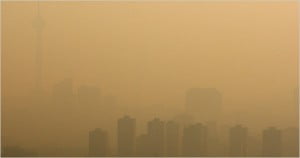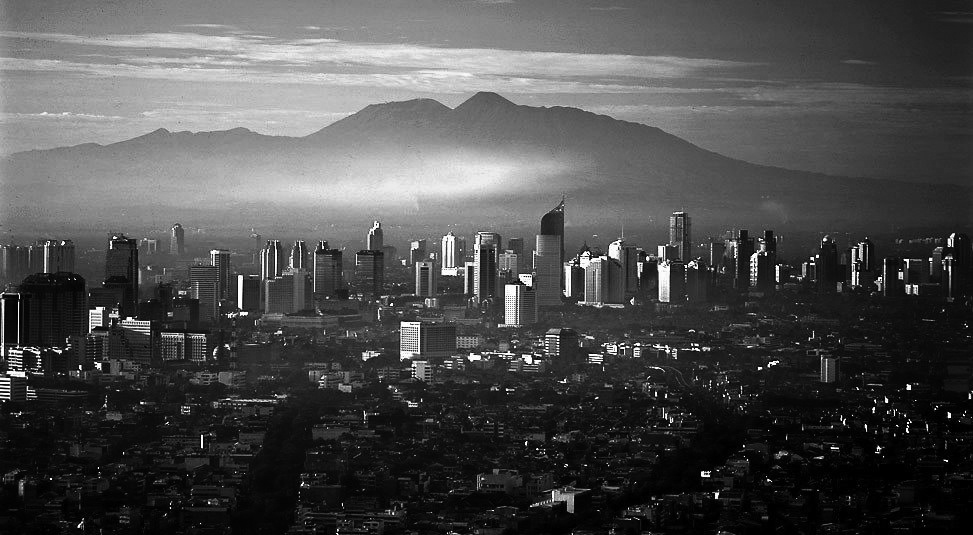In 1994 there were an estimated 1.38 million vehicles (cars, motorcycles, lorries and buses) in Jakarta.
27 years later in 2011 the total number of vehicles is estimated to have risen eight-fold to 11.3 million and yet, believe it or not, air pollution measured by any internationally recognised index (TSP – total suspended particulates, PM10 – particulate matter below 10 microns, sulphur dioxide –SO2, nitrogen dioxide – NO2, carbon monoxide – CO) is generally less than it was in 1994. Given that some 70 percent of urban air pollution is due to the emission of noxious gases and minute particulates of toxic substances such as soot and lead through the combustion of gasoline and other hydrocarbon fuels in vehicles, how is this possible when there are eight times the number of vehicles on the streets of the capital? What sleight of hand or outright fraud is being perpetrated here by a government that is regarded by the international community as well as its own citizens as being somewhat economical with the truth?
Actually none since, a few lone voices apart, Indonesia’s press has generally latched onto the international fixation with Jakarta being one of the world’s most polluted cities in terms of air quality and in some indices ranks in the top three, and this perception is rarely if ever challenged by the government.
Air pollution in Jakarta is bad and causes untold suffering through respiratory disease to millions of residents with an estimated US$ 3.8 million per year increase in health care costs. In 2003 on average residents had only 18 ‘good air’ days where air pollution parameters met national and international standards. By 2010 this had increased to 27 ‘good’ or ‘clean’ air days despite the addition of a further 5 million vehicles to the city’s streets. The levels of PM10, which averaged 68.6g/m3 in 2008 and were reputed by the Jakarta Environmental Management Agency (BPLHD) to be down to 48.5 g/m3 in 2010, are way above the upper limit of 20g/m3 recommended by the World Health Organization (WHO). The city has a long way to go in cleaning up its air before it can compete with Washington, Tokyo or Paris where PM10 levels are 18, 23 and 38 g/m3 respectively, but its air is far cleaner than most industrial cities in China, India, Iran, Pakistan, Mongolia and Mexico where PM10 levels generally exceed 250 g/m3 with the Iranian city of Ahvaz having an annual average PM10 of 372 g/m3 and to suggest that Jakarta is one of the most polluted cities on the planet is both wrong and disingenuous when there are probably over 150 cities with worse air than Jakarta.

The reason that Jakarta is managing to cope reasonably well with reducing air pollution, unlike its seemingly futile efforts to address road congestion, is because the government has implemented a number of significant reforms over the past 20 years that have had the effect of curbing open burning of rubbish (a major contributor to air pollution in 1994), taken old smoky vehicles off the streets, started the process of de-leading petrol, implemented, albeit half-hearted, vehicle emission control and enforced stricter industrial emission control laws. But these measures could not, on their own have accounted for the somewhat paradoxical improvement in air quality. By far the greatest contribution has come from the vehicle manufacturers themselves particularly the Japanese car and motorcycle firms like Honda, Toyota, Suzuki and Yamaha whose fuel-efficient engines, many with catalytic converters, must meet strict national and international emissions standards. Although diesel buses and trucks belching black smoke can still be seen on the roads of Jakarta they are a relatively rare sight compared with 10 or 15 years ago. The maintenance of the diesel engines of the commercial lorry and bus fleets has improved dramatically over the past decade. All these factors have helped Jakarta improve its air quality but the city still has a mountain to climb before its citizens can experience 365 clean air days a year.




